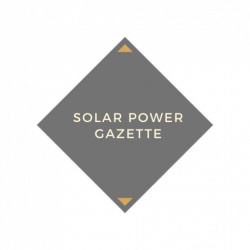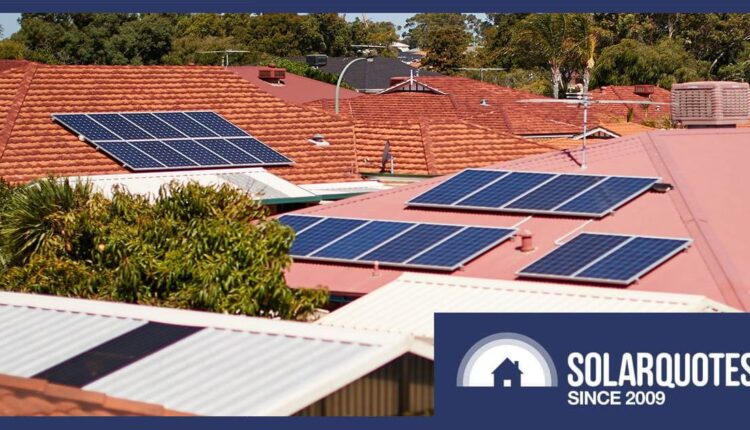Flexible exports coming soon for WA under Smarter Solar
Energy Policy WA is currently consulting on proposed rule changes, due to come into effect early next year, aimed at supporting larger and smaller rooftop solar and battery installations in Western Power’s service area through the implementation of flexible solar exports.
What are the proposed smarter solar changes for WA?
At this time, from February 1, 20261, Common Smart Inverter Profile – Australia (CSIP-AUS) support must be in place and enabled when installing or upgrading new rooftop solar and battery systems in Western Australia’s Southwest Grid (SWIS). The SWIS extends from Kalbarri in the north, east to Kalgoorlie and south to Albany. Western Power operates the SWIS and Synergy is the state-owned electricity retailer.
CSIP-AUS enables smart inverters and energy management systems to operate with dynamic/flexible connection options, enabling remote throttling of exports to the grid based on network conditions. Most newer inverters support CSIP-AUS.
While inverters installed since February 2022 are already required to communicate with the grid, provisions for the emergency solar management function were limited to remote disconnection/reconnection. Flexible exports offer a more elegant solution.
Those who have existing solar panels or batteries do not need to make any changes to their systems. Inverters that are replaced with a similar or exact replacement under the warranty are also not affected by the changes.
An internet connection is required for flexible exports, but for new/upgrading solar customers with no or an unstable connection, their systems are subject to a fixed export limit of 1.5 kW. The same applies to new/upgrade customers who prefer not to use the CSIP-AUS functionality for flexible exports. Customers with existing systems – including those that already have a fixed export limit of 1.5kW – can opt for flexible exports as they become available, subject to system compatibility.
The proposed approach is similar to that used in South Australia, says Energy Policy WA. SA Power Networks (SAPN) has pioneered flexible exports and its implementation allows for an export limit of 10kW, with this limit dynamically reduced as required.
I haven’t seen any mention of the cap on flexible WA exports. Western Power currently has a 10 kW limit for single-phase solar inverters and a 5 kW export limit. For three-phase systems, there is an inverter limit of 15 kW and an export limit of 5 kW. Battery inverters do not count towards the phase inverter limit, but are limited to 10 kW for single-phase operation (15 kW total site generation limit) and 15 kW for three-phase operation (8 kW per phase site generation)2.
Why are smarter solar changes needed?
Western Australia’s southwest power grid is the largest isolated power grid in the world. Solar systems on roofs already contribute around half of the electricity fed in from renewable energies. To date, more than 548,000 small solar systems (<100 kW output) have been installed across the country.
The amount of excess solar energy entering the grid poses challenges in balancing electricity supply and demand, and in some areas local grids are overloaded. While home battery deployment will help mitigate this, flexible exports will be an important tool.
“We want to help as many people in Western Australia as possible benefit from rooftop solar, and for those people to get the maximum benefit from each system,” says Energy Policy WA. “These changes will allow installers to continue connecting more and larger systems to the distribution grid without having to wait for grid capacity to expand, and enable electricity retailers to begin rolling out flexible solar exports.”
Energy Policy WA says the change will also “make it easy” for customers to opt-in and opt-out of virtual power plants (VPPs). There is currently little VPP choice in Western Australia, but VPP participation is mandatory under the WA residential battery rebate. For some solar owners in Washington who opted out of the state incentive and opted only for the national battery rebate system, transferring control of their battery to a third party has proven to be a deal-breaker.
For more information on Smarter Solar, Energy Policy WA has published information sheets for solar customers here and solar installers/dealers here.
Other bits
The proposed rules would also designate Western Power as the distribution system operator (DSO) for the networks it operates and create a framework for third-party VPP operators to compete for non-contestable electricity customers through Synergy as the parent aggregator.
Energy Policy WA’s draft electricity system and market rules can be found here, along with instructions for providing feedback. Feedback must be submitted before Thursday, November 20, 2025, 5:00 p.m. (AWST).
Footnotes
- Western Power was previously expected to introduce flexible exports in mid-2025. ↩
- October 29, 2025: Corrections to the limit values for inverters have been made in this article. New limits came into force on July 1, 2025. We will also be updating our WA Grid Connection Guidelines page to reflect the new limits. ↩



Comments are closed.